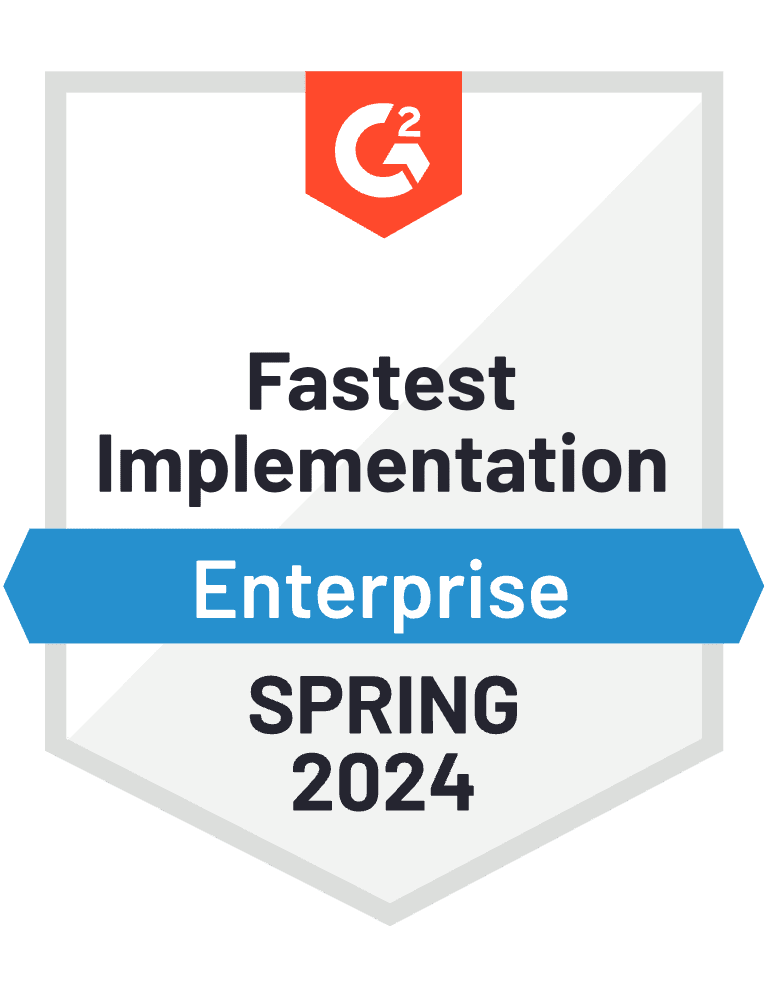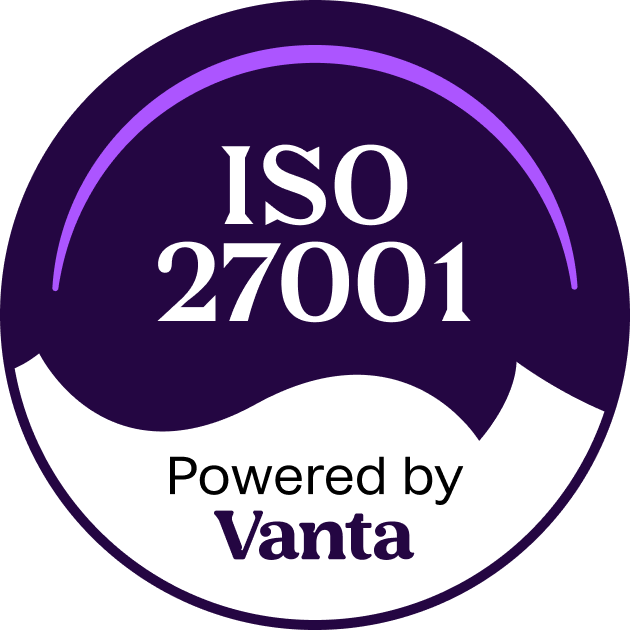Selecting the right vendor can be the difference between a project’s success and failure. The Request for Proposal (RFP) process plays a pivotal role in this selection, ensuring that businesses align with vendors that best fit their needs.
This article delves into the intricacies of the RFP vetting process, highlighting its importance and offering a step-by-step guide to ensure the best vendor selection.
What is an RFP?
An RFP is a formal document that organizations use to solicit bids from potential vendors for a specific product or service. It outlines the project’s scope, requirements, timeline, and budget, allowing vendors to propose solutions that align with the organization’s needs. The primary goal of an RFP is to provide a structured framework for comparing and evaluating vendor proposals.
Why Vetting Vendors is Crucial
Choosing the right vendor is more than just finding the lowest price. It’s about ensuring that the vendor can deliver quality work on time and within budget. A poor vendor choice can lead to project delays, increased costs, and subpar results. By thoroughly vetting vendors through the RFP process, businesses can mitigate these risks and set their projects up for success.
Steps in the RFP Vetting Process
Preparation Phase
Before drafting the RFP, it’s essential to have a clear understanding of the project’s needs and objectives. This involves collaborating with stakeholders to define requirements, set a realistic budget, and establish a timeline. Once these elements are in place, the RFP document can be formulated, detailing the project’s scope and expectations.
Distribution Phase
With the RFP ready, the next step is to identify potential vendors. This could involve researching vendors known for their expertise in the required domain or seeking recommendations. Once a list of potential vendors is compiled, the RFP is distributed, inviting them to submit their proposals.
Evaluation Phase
As proposals start pouring in, the evaluation process begins. Each proposal is reviewed against the criteria set out in the RFP. Proposals are scored and ranked based on factors like experience, technical capability, and cost. This phase is crucial, as it determines which vendors move on to the next stage.
Negotiation Phase
The top-ranked vendors are then engaged in negotiations. This phase involves discussing the finer details of the proposal, including terms, conditions, and pricing. It’s an opportunity for both parties to clarify expectations and ensure alignment.
Selection Phase
After thorough negotiations, the final vendor is chosen. This decision is based on a combination of the proposal’s quality, the outcomes of the negotiations, and the vendor’s overall fit with the organization’s needs. Once selected, the contract is awarded, and the project kicks off.
Key Criteria for Vetting Vendors
While the specific criteria can vary based on the project’s nature, some universal factors should be considered:
- Experience and Track Record: A vendor’s past projects can offer insights into their capability and reliability.
- Financial Stability: Ensuring the vendor’s financial health can mitigate risks associated with potential insolvencies or other financial issues.
- Technical Capabilities: Does the vendor have the technical expertise and resources to meet the project’s requirements?
- Cultural Fit: A vendor that aligns with the company’s values and culture can lead to smoother collaborations.
- Client Testimonials: Past client feedback can provide a real-world perspective on the vendor’s performance.
Common Mistakes to Avoid
The RFP vetting process is intricate, and missteps can be costly. Some common pitfalls include:
Ambiguous Requirements
Unclear project requirements can lead to mismatched proposals and eventual project misalignments.
Overlooking Details
Small details in proposals can have significant implications. It’s essential to review each proposal thoroughly.
Price-Only Decisions
While cost is a factor, it shouldn’t be the sole deciding element. Quality, reliability, and fit are equally important.
Benefits of a Well-Executed RFP Vetting Process
A robust RFP vetting process offers numerous benefits:
- Quality Assurance: By thoroughly vetting vendors, businesses can be more confident in the quality of work they’ll receive.
- Cost Savings: While the vetting process requires an upfront investment of time and resources, it can lead to long-term savings by avoiding costly project setbacks.
- Strong Vendor Relationships: The RFP process can lay the foundation for long-term, mutually beneficial vendor relationships.
Final Notes
The RFP vetting process, when executed correctly, ensures that businesses partner with the best vendors for their projects. By understanding the process’s nuances and importance, organizations can make informed decisions that drive project success.
Review your current RFP processes and consider the insights shared in this article. For further guidance on crafting effective RFPs and vetting vendors, be sure to check out our other resources.
With the right approach and diligence, the RFP vetting process can be a powerful tool in ensuring project success.






